- Morocco
- Things to do in Agadir
- A History Buff's Guide to Agadir: Museums, Ruins, and More
A History Buff's Guide to Agadir: Museums, Ruins, and More
Agadir is a city with a fascinating history that blends ancient traditions with modern influences. From the ruins of the Agadir Kasbah to the unique collections at the Museum of Amazigh Culture, Agadir offers a rich cultural heritage that history buffs will find captivating. This guide explores the city's top historical landmarks and museums to give you a deeper understanding of Agadir’s past.
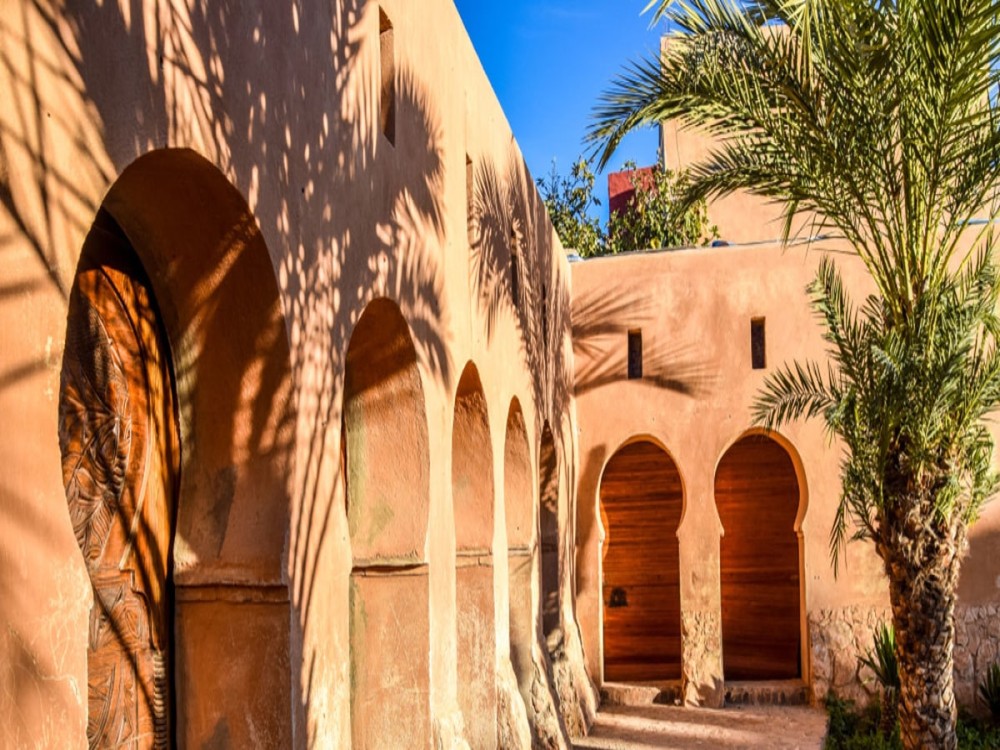
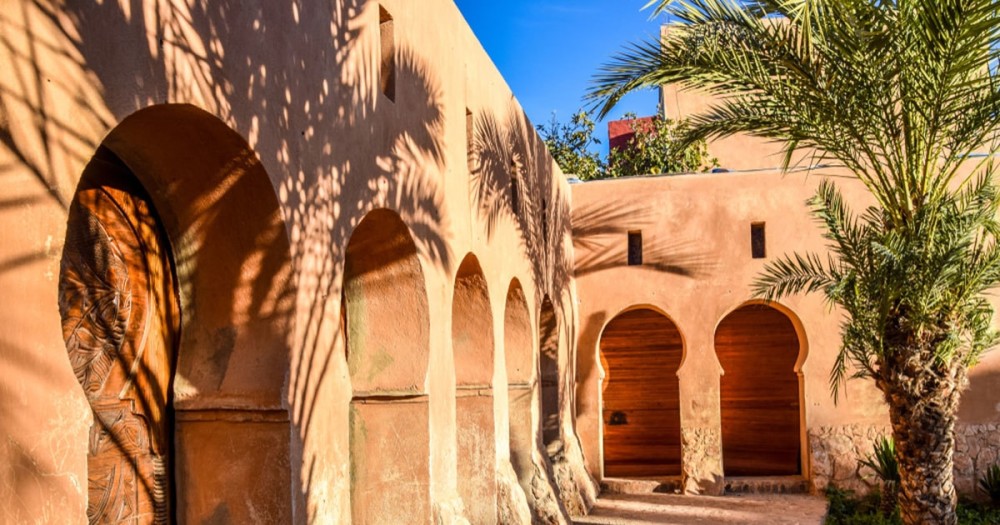
1. Agadir Kasbah: A Step Back in Time
The Agadir Kasbah, perched on a hilltop overlooking the city, is one of the most significant historical sites in Agadir. Built in the 16th century, it once served as a fortress to protect the city. Although much of it was destroyed in the 1960 earthquake, the ruins still offer stunning panoramic views and are a great spot for understanding the city’s historical fortifications.

2. Museum of Amazigh Culture: Preserving Berber Heritage
Located in the heart of Agadir, the Museum of Amazigh Culture is dedicated to showcasing the rich heritage of the Berber people. The museum displays traditional Berber crafts, clothing, tools, and ancient artifacts. Visitors can learn about the indigenous cultures of Morocco, their traditions, and their influence on the region’s development.
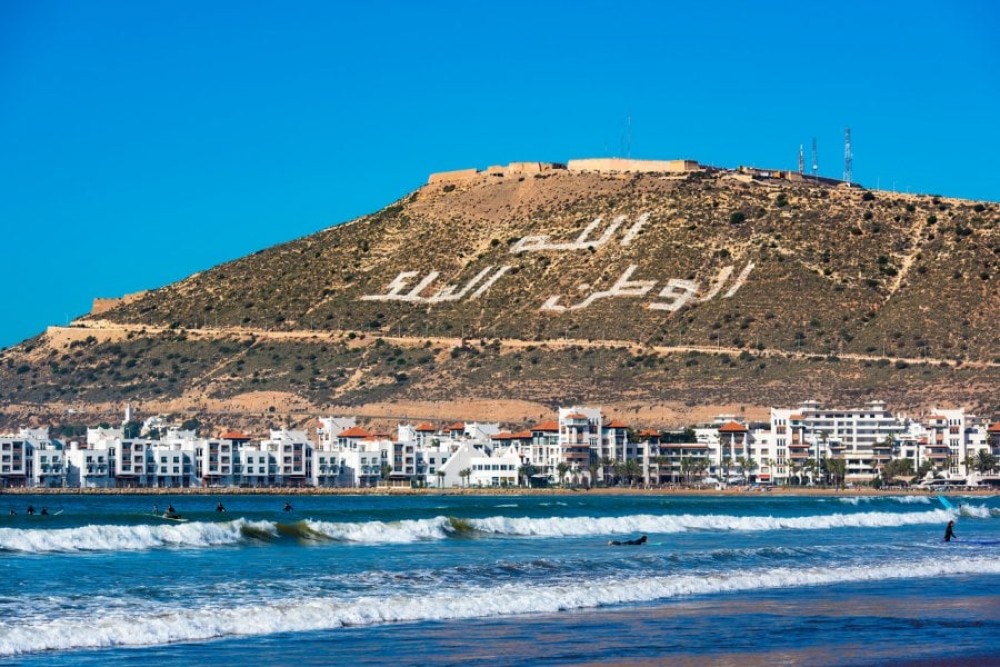
3. Agadir Oufella: Historical Hilltop Views
Agadir Oufella, also known as Agadir’s Hill, offers a glimpse into the past and one of the best views of the city. The remains of the old Agadir fortress here provide insight into the city’s pre-earthquake architecture. It’s also a serene spot to reflect on the city's transformation since the 1960s.
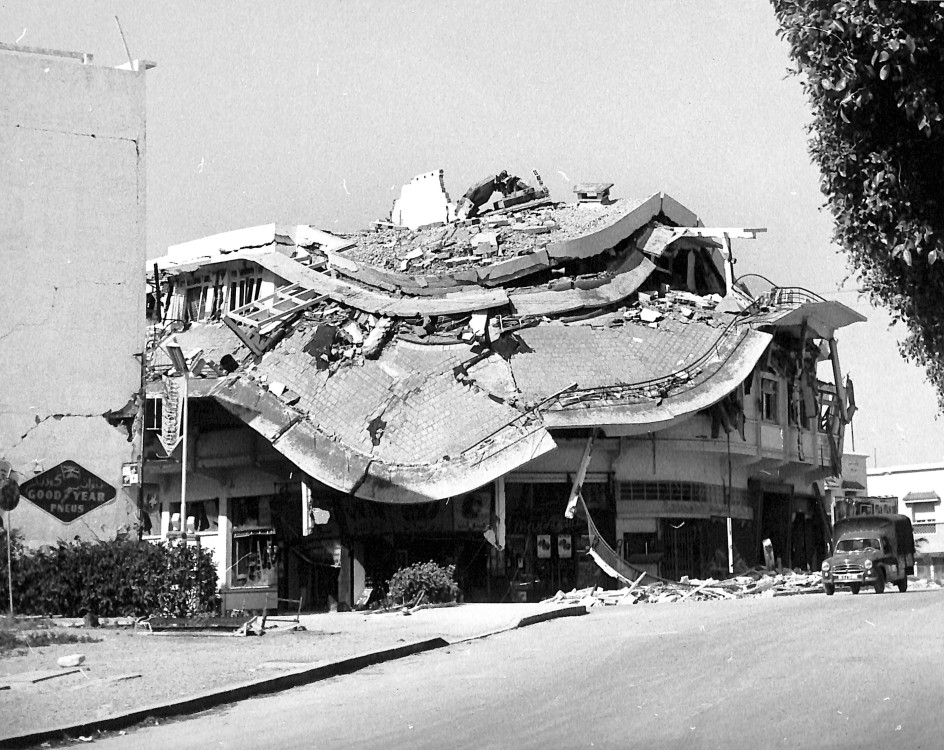
4. The Memorial of Agadir Earthquake: A Solemn Tribute
The Agadir Earthquake Memorial serves as a somber reminder of the devastating 1960 earthquake that nearly destroyed the city. Located near the Kasbah, this site commemorates the lives lost in the disaster. Visitors can learn about the reconstruction efforts and the resilience of the people of Agadir, making it a meaningful stop for history enthusiasts.
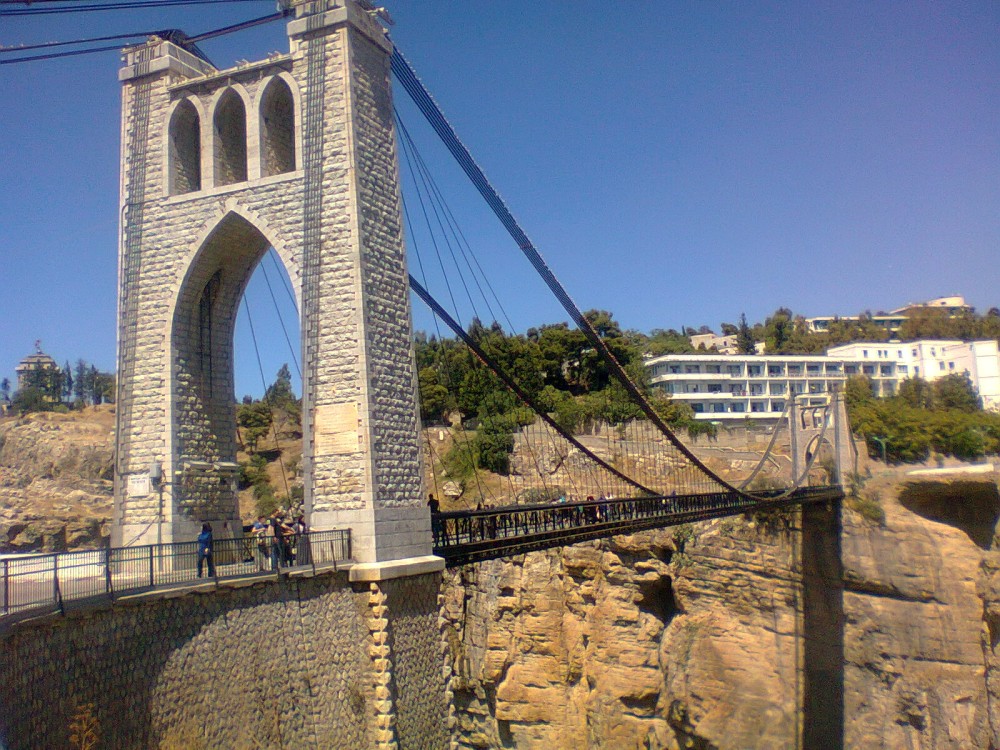
5. Sidi M’Barek: Sacred History and Peaceful Surroundings
Located just outside Agadir, the Sidi M’Barek shrine offers both historical and spiritual significance. This site, dedicated to a revered Muslim saint, has been a place of pilgrimage for centuries. The peaceful surroundings and the shrine’s history provide insight into the religious and cultural traditions of the region.
You may also like these
Copyright © 2025 All Rights Reserved


